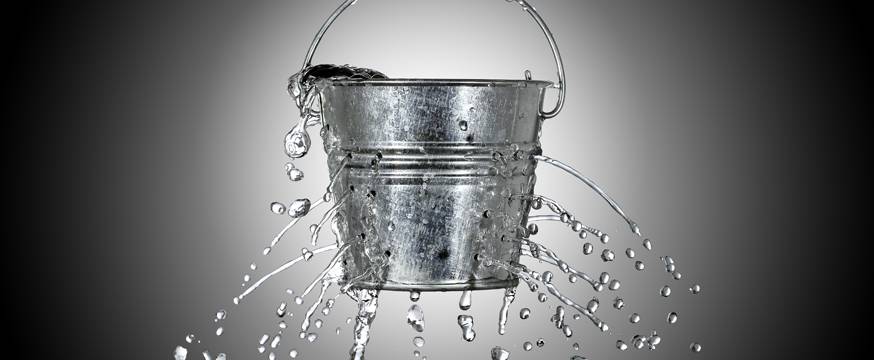
Stemming the flow: Reversing low STEM achievement
Research 12 Jul 2016 3 minute readResearchers are investigating ways to reverse the decline in student performance, especially to close the gap between Indigenous and non-Indigenous students’ performance in STEM.
Stemming the flow: Reversing low STEM achievement
Indigenous Australian 15-year olds remain approximately two-and-a-half years behind their non-Indigenous peers in schooling, according to results from the most recent Program for International Student Assessment (PISA).
‘Achievement disparities between Indigenous students and their non-Indigenous peers in education continue to be documented across the globe,’ said Professor Elizabeth McKinley from the Melbourne Graduate School of Education (MGSE), University of Melbourne, speaking ahead of ACER’s Research Conference 2016.
Such achievement disparities are particularly of concern in terms of science, technology, engineering and mathematics (STEM).
‘Researchers, in conjunction with STEM teachers, have attempted to resolve the questions on Indigenous students’ engagement and achievement in STEM through specific contexts with consideration given to the local sociocultural and socio-political backgrounds,’ Professor McKinley said.
‘Attempts to engage non-Western students into the subculture of STEM is challenging for STEM teachers,’ she said.
‘The school system should actively support teachers to build a cultural perspective on teaching STEM and involving the community in helping to create a collaborative learning environment.
‘This will not only enrich the school content but promote a cultural shift of school STEM that facilitates more responsive science teaching.’
Principal Research Fellow of Indigenous Education at ACER, Tony Dreise, and Director of the Educational Monitoring and Research division at ACER, Dr Sue Thomson, propose a renewed and highly targeted approach to improve Indigenous students’ achievement in STEM in the report, Unfinished business: PISA shows Indigenous youth are being left behind.
‘Smart and highly targeted investment in early intervention literacy and numeracy programs, teacher quality improvement, school leadership and personalised learning support are key to turning results around,’ Dr Thomson said.
‘Unless educational outcomes for Indigenous young people vastly improve, then the downstream impact and cost in terms of social wellbeing, welfare, health, employment and economic sufficiency will be heavy.’
Further information:
Professor Elizabeth McKinley and Dr Sue Thomson will be speaking at Research Conference 2016, which addresses the theme ‘Improving STEM Learning: What will it take?’ from 7 to 9 August at the Brisbane Convention and Exhibition Centre.
Read Tony Dreise and Sue Thomson’s report, Unfinished business: PISA shows Indigenous youth are being left behind.
